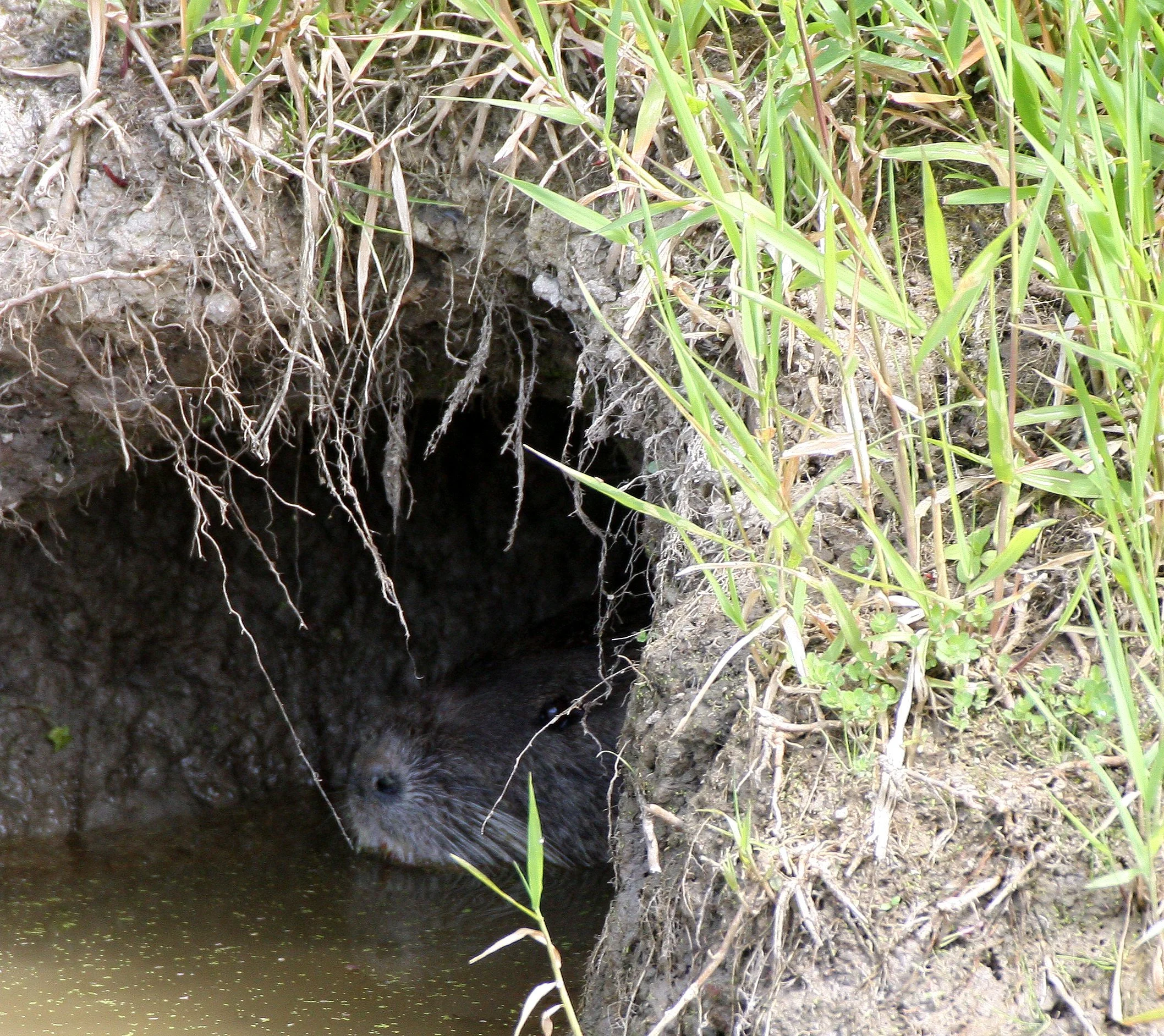
The Nutria or Coypu (Myocastor coypus), also known as the coypu, is a large, herbivorous, semiaquatic rodent. Classified for a long time as the only member of the family Myocastoridae, Myocastor is now included within Echimyidae, the family of the spiny rats. The nutria lives in burrows alongside stretches of water, and feeds on river plant stems. Originally native to subtropical and temperate South America, it has since been introduced to North America, Europe, Asia, and Africa, primarily by fur farmers. Although it is still hunted and trapped for its fur in some regions, its destructive burrowing and feeding habits often bring it into conflict with humans, and it is considered an invasive species. Nutria also transmit various diseases to humans and animals mainly through water contamination.
Native to subtropical and temperate South America, it has been introduced to North America, Europe, Asia, and Africa, primarily by fur ranchers. The distribution of nutrias outside South America tends to contract or expand with successive cold or mild winters. During cold winters, nutrias often suffer frostbite on their tails, leading to infection or death. As a result, populations of nutrias often contract and even become locally or regionally extinct as in the Scandinavian countries and such US states as Idaho, Montana, and Nebraska during the 1980s. During mild winters, their ranges tend to expand northward. For example, in recent years, range expansions have been noted in Washington and Oregon, as well as Delaware.
According to the U.S. Geological Survey, nutria were first introduced to the United States in California, in 1899. They were first brought to Louisiana in the early 1930s for the fur industry, and the population was kept in check, or at a small population size, because of trapping pressure from the fur traders. The earliest account of nutria spreading freely into Louisiana wetlands from their enclosures was in the early 1940s; a hurricane hit the Louisiana coast for which many people were unprepared, and the storm destroyed the enclosures, enabling the nutria to escape into the wild. According to the Louisiana Department of Wildlife and Fisheries, nutria were also transplanted from Port Arthur, Texas, to the Mississippi River in 1941 and then spread due to a hurricane later that year.
Nutria are spreading rapidly in the U.S. state of Washington. The below images come from Ridgefield Wildlife Refuge southern Washington State, where we saw dozens and dozens.






















































These Coypu in the following gallery were photographed in La Camargue in Southern France in 1992.





